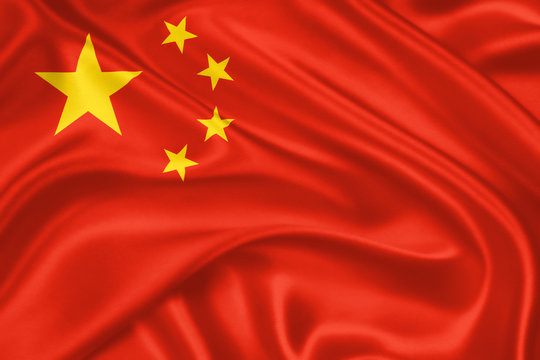
The Europen Union’s supply chain vulnerability is a wake-up call we cannot ignore. The historical overreliance on one nation for critical raw materials has shown the defenselessness of the EU’s global supply chains. For example, China provides 97% of the magnesium, Chile provides 97% of the lithium, South Africa provides 93% of the iridium, and Brazil provides 92% of the niobium. Concentrating sourcing in one country risks the stability of supply chains, highlighting geopolitical risks connected with dependence on a single or a few countries for critical materials needed for the EU’s technological and green transitions.
Recognising these challenges, the European Union is diversifying its sources of critical raw materials. The Critical Raw Materials Act, passed in March 2024, represents a significant step forward. The Act sets specific goals for building domestic abilities across the raw material supply chain to diversify EU supply by 2030. It requires that at least 10% of the EU’s annual consumption for extraction, 40% for processing, and 15% for recycling should come from within the Union. Additionally, up to 65% of consumption can be sourced from a third country.
The potential strategic partnership between the European Commission and Australia is in line with this legislative framework. This partnership, focused on securing access to lithium and rare earth minerals, shows the EU’s commitment to reducing its dependence on China. The rationale for pursuing a cooperation agreement with Australia becomes increasingly convincing. With its stable government, rule of law, and shared democratic values, Australia presents a reliable alternative source for critical raw materials. Such a partnership would improve the EU’s supply chain resilience and reinforce diplomatic relations through economic interdependence.
The push for technological innovation and the pursuit of the European Green Deal further emphasise the need for diversified sourcing of essential raw materials. These materials are required for developing technologies critical to the green transition, including wind power generation, hydrogen storage, and battery technologies. Achieving an agreement committed to these goals, especially in the upcoming 2025 EU elections, would signify a political will towards environmental sustainability and technological advancement.
Moreover, events like the Ever Given accident in the Suez Canal and the disruptions during the COVID-19 lockdowns have made supply chain interruptions visible to the public, raising awareness about reliance on foreign resources, particularly those from China. More voters are likely to notice disruptions in their daily lives, potentially impacting the upcoming EU elections. The failed trade talks with Australia, primarily due to concerns over the beef sector, reflect the complexity of economic, environmental, and political factors that influence supply chain decisions. The pressure to avoid pushing people dependent on the agricultural industry to the right, especially in the coming elections, is significant. However, it is not sustainable to hold up a trade agreement because of a sector that will drastically decline in Europe and Australia if the planet is to prevent overheating.
Furthermore, public support for no longer depending on China is also growing. According to the Critical Raw Materials Act, time is running out to ensure supply diversification is completed by 2030. Pushing this agreement is no longer an option. This situation highlights the need to diversify supply sources to reduce risks and comply with public expectations for stable and sustainable supply chains.
The reliability of supply chains is essential for the European Business Community. President Ursula von der Leyen’s proactive strategy for the European Commission aims to improve the EU’s capacity for refining, processing, and recycling crucial raw materials. This initiative supports the EU’s climate ambitions and strengthens cooperation with reliable trading partners. Since 2011, the Commission has monitored the criticality of raw materials, releasing an updated list of EU critical raw materials every three years. The latest assessment in 2023 scrutinised 87 materials for their supply risk and significance to the EU’s economy.
The failure to secure a consistent supply of these materials could drive corporations to seek more dependable sourcing regions outside of Europe. This risk of relocation has already impacted various sectors within the EU. Specifically, food producers safeguarded by geographical indications (GIs) have suffered, and German car manufacturers need alternative markets. Most critically, industries that depend on these critical raw materials have faced significant challenges, all to protect the European beef industry.
Diversifying supply sources for necessary raw materials is not only an economic aim but a strategic necessity. Cooperating with Australia is an opportunity to build a more resilient and sustainable supply chain.
By The European Institute for International Relations















